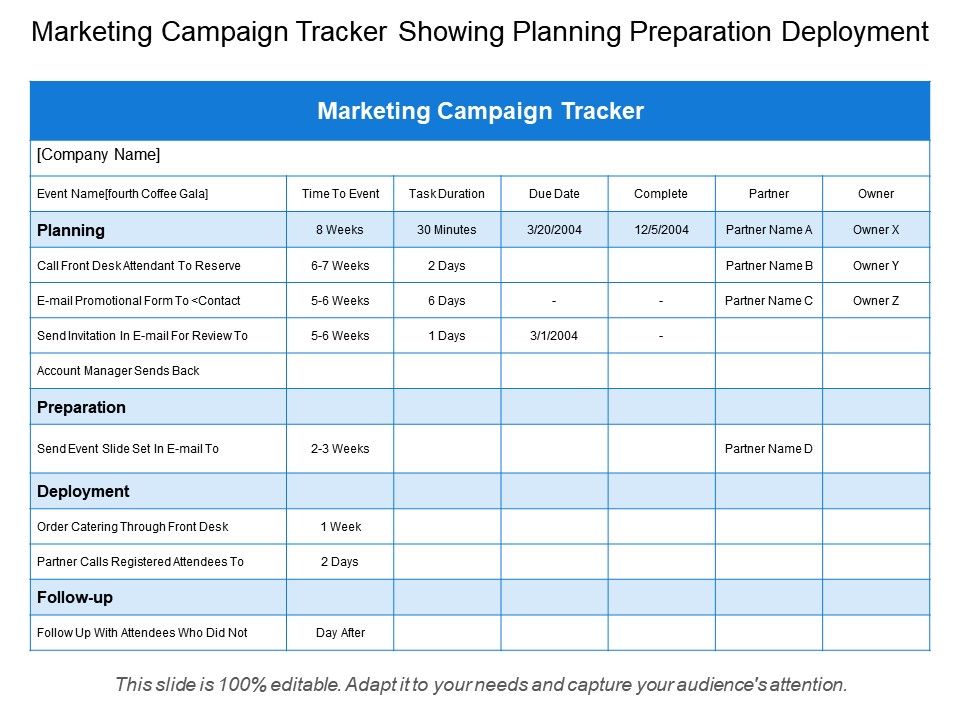
Marketing Campaign Measurement is essential for understanding the impact of marketing efforts in business markets. A well-defined marketing campaign, strategically aligned with business objectives, can be a powerful tool for achieving growth. However, successful campaigns require robust tracking and analysis to gauge their effectiveness and ROI. This article delves into the critical aspects of measuring campaign effectiveness, identifying key challenges and presenting practical solutions. We’ll explore various tracking methods, analyze key performance indicators (KPIs), and demonstrate how businesses can optimize campaign performance. This comprehensive guide will structure the key elements of effective measurement strategies.
Understanding the Importance of Marketing Campaign Measurement
Defining Campaign Measurement
Marketing campaign measurement encompasses a range of techniques for evaluating the effectiveness of a campaign, providing valuable insights into performance and facilitating strategic adaptations for improved outcomes. It goes beyond simply tracking campaign activities; it requires the ability to correlate these activities with tangible business results, establishing the concrete value-add of the campaign. Understanding the target audience, identifying relevant KPIs, and analyzing campaign metrics are all essential components of a well-rounded measurement strategy.
Tracking Key Performance Indicators (KPIs)
Identifying Relevant KPIs
Businesses must clearly define relevant KPIs based on the specific objectives and goals of their campaign. Common KPIs include website traffic, lead generation, sales conversions, brand awareness, and customer engagement. A comprehensive measurement system should encompass all these elements to offer a holistic view of campaign performance. Each KPI should be meticulously tracked to assess campaign performance relative to benchmarks and predefined goals. For example, if the campaign objective is to increase brand awareness, KPIs might focus on social media engagement and website visits. Conversely, if the goal is lead generation, then website form submissions and qualified lead count will be vital metrics. Different campaign objectives demand different KPIs, and the careful selection of these indicators is key to effective measurement.
Analyzing Campaign Data and Making Informed Decisions
Data Visualization and Interpretation
Effective analysis requires the collection of data from various sources, including website analytics, CRM systems, social media platforms, and sales records. This multifaceted approach provides a comprehensive understanding of campaign performance. To ensure insightful analysis, data visualization tools are invaluable in presenting complex information in a digestible format. Visual representations of data, like charts and graphs, allow for easier identification of trends, patterns, and anomalies. This clear presentation aids in strategic decision-making, helping businesses adapt their campaigns in real-time based on evolving data. Consider A/B testing different versions of ads or landing pages to measure the impact on key metrics.
Optimizing Campaigns Based on Data Analysis
Adapting Strategies for Better Outcomes
Data analysis provides the necessary insights for campaign optimization. Understanding what resonates with the target audience, identifying successful elements and weak spots, and adjusting strategies based on these insights is key to maximizing campaign effectiveness. By continuously monitoring and analyzing the data, businesses can make adjustments in real-time, leading to a more refined and impactful approach. Example: If an analysis shows a particular ad copy is not resonating with the target audience, replacing it with a more effective version can immediately increase campaign engagement.
Utilizing Advanced Tools and Technologies
Advanced Tools for Enhanced Tracking
Leveraging marketing automation platforms and data analytics tools can significantly streamline campaign tracking and analysis. These tools often offer features to collect data from various channels, visualize performance, and automate reporting. This automation frees up resources and allows for a greater focus on strategic decision-making. Tools for tracking customer behavior and sentiment analysis enable a deeper understanding of target audience needs, resulting in more effective campaigns. Advanced tools can identify areas requiring improvement and optimization with greater precision than manual methods.
Case Studies and Examples
Real-World Applications of Measurement Techniques
Case studies showcasing successful marketing campaigns highlight the importance of measurement and data analysis in achieving strategic objectives. Examining how these companies tracked metrics, adjusted strategies based on data, and ultimately improved campaign effectiveness is extremely instructive. These examples can provide valuable insights and inspire new approaches to campaign management.
Measurement for Different Campaign Types
Tailoring Strategies for Specific Objectives
The measurement approach needs to be tailored according to the specific type of campaign. For example, measuring the success of a social media campaign will differ from measuring the success of a direct mail campaign. Different objectives necessitate different metrics, demanding a flexible approach to measurement.
Budget Allocation and Resource Management
Optimizing Marketing Investment
Measurement practices are invaluable in determining optimal budget allocation for various marketing activities. Data analysis facilitates informed decisions regarding resource allocation, enabling businesses to prioritize efforts and maximize the return on investment.
Conclusion
Summary of Key Takeaways
Thorough measurement of marketing campaign performance provides businesses with vital data for decision-making. By consistently tracking KPIs, analyzing data, and optimizing strategies, businesses can improve their return on investment and achieve their strategic goals. A holistic approach to campaign measurement, tailored to specific campaign objectives, is necessary for effective data interpretation. By aligning actions with data insights, marketing strategies can become more effective, and resources can be utilized more efficiently for sustainable and profitable growth. Continuous monitoring and adaptation are essential elements of successful campaign management in today’s dynamic business environment.
In conclusion, effectively measuring marketing campaign effectiveness in business markets is crucial for optimizing ROI and achieving strategic goals. By utilizing comprehensive tracking mechanisms, analyzing key performance indicators (KPIs), and adapting strategies based on insights, businesses can maximize the impact of their marketing investments. Implementing these strategies will not only enhance campaign efficiency but also equip businesses with the data-driven insights needed for sustainable growth in the dynamic business landscape. To further refine your campaign strategy, consider consulting a marketing analytics expert or leveraging a comprehensive marketing automation platform. These resources can provide invaluable assistance in automating data collection and analysis, enabling you to stay ahead of the curve in today’s competitive market.